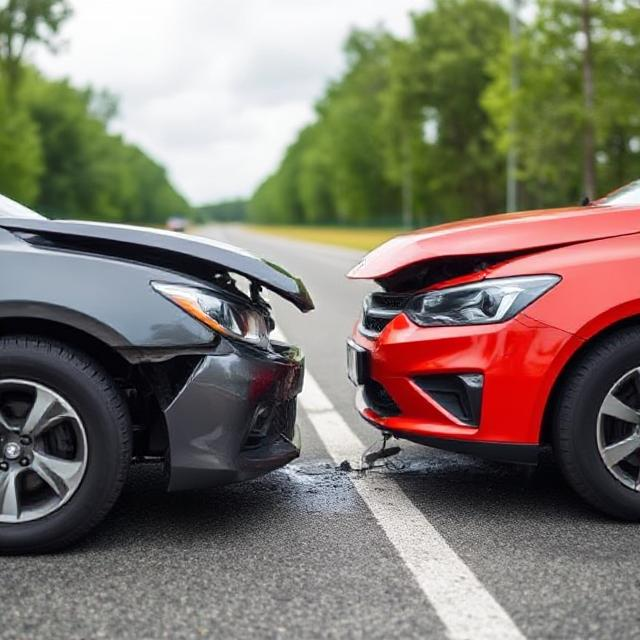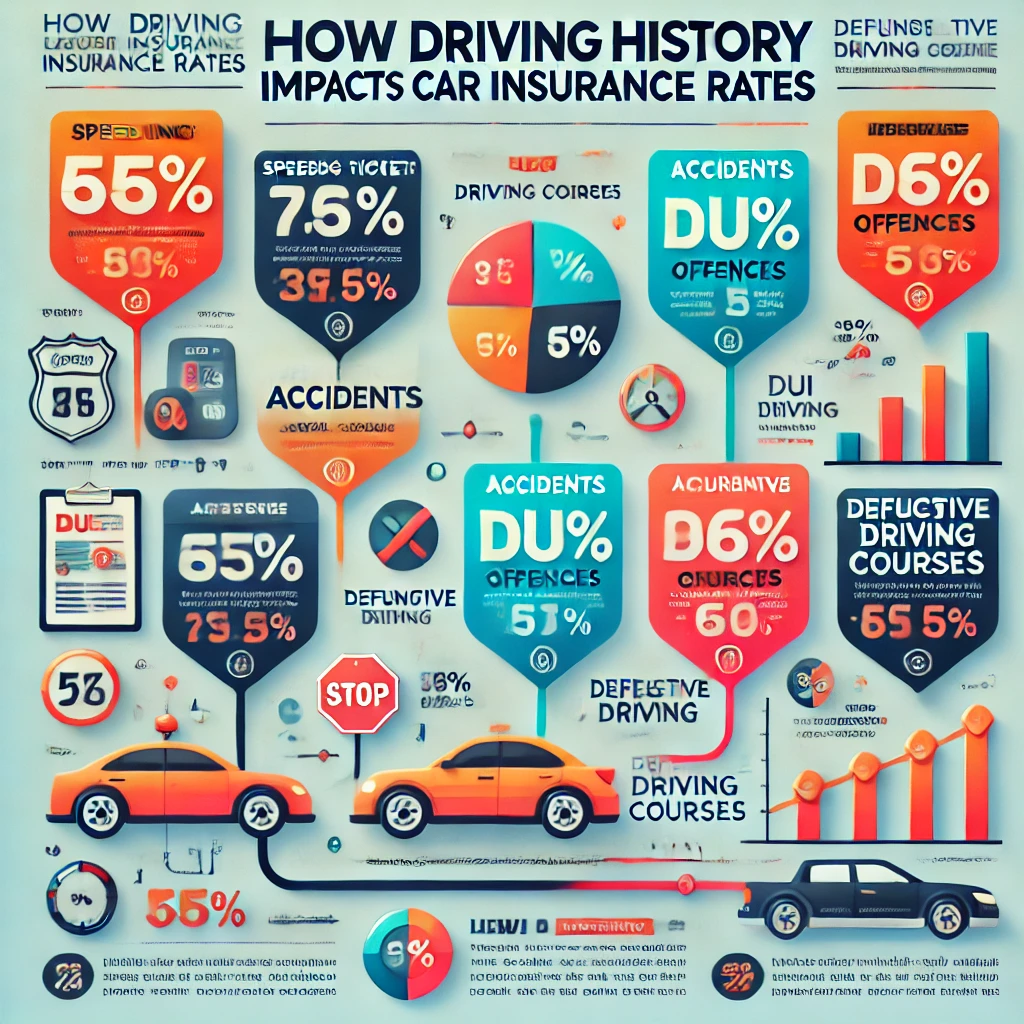Auto insurance is essential for protecting your vehicle and finances in case of an accident or unexpected damage. Two of the most common types of coverage are comprehensive and collision insurance. While both provide financial protection, they cover different types of incidents. Understanding their differences can help you choose the right coverage for your needs in 2025.
What is Comprehensive Coverage?
Comprehensive insurance covers damage to your vehicle that is not caused by a collision. This includes theft, natural disasters, vandalism, and other unforeseen events.
What Does Comprehensive Insurance Cover?
- Theft – If your car is stolen, comprehensive insurance helps cover the replacement cost.
- Weather Damage – Covers damages from floods, hurricanes, hail, and wildfires.
- Vandalism – Protects against damages caused by break-ins or intentional acts of destruction.
- Falling Objects – Damage from trees, debris, or other falling objects is covered.
- Animal Collisions – Covers damage from hitting a deer or other animals.
- Glass and Windshield Damage – Some policies include full glass repair without a deductible.
Average Cost of Comprehensive Insurance (2025 Updated Data)
The cost of comprehensive coverage varies based on location, vehicle model, and risk factors.
| State | Average Annual Premium (2025) |
|---|---|
| California | $200 – $500 |
| Texas | $250 – $550 |
| Florida | $275 – $600 |
| New York | $300 – $650 |
| Illinois | $225 – $500 |
What is Collision Coverage?
Collision insurance covers damages to your vehicle resulting from a collision with another car, object, or even a rollover.
What Does Collision Insurance Cover?
- Accidents with Other Vehicles – Covers repair costs if you crash into another car.
- Single-Car Accidents – If you hit a tree, pole, or guardrail, this coverage applies.
- Rollovers – Covers damage if your car flips over in an accident.
- Hit-and-Run Accidents – Some policies may cover hit-and-run incidents.
Average Cost of Collision Insurance (2025 Updated Data)
The price of collision insurance depends on your car’s value, location, and driving history.
| State | Average Annual Premium (2025) |
|---|---|
| California | $300 – $700 |
| Texas | $350 – $750 |
| Florida | $400 – $800 |
| New York | $450 – $850 |
| Illinois | $320 – $700 |
Key Differences Between Comprehensive and Collision Coverage
| Feature | Comprehensive Coverage | Collision Coverage |
|---|---|---|
| Covers theft? | ✅ Yes | ❌ No |
| Covers weather damage? | ✅ Yes | ❌ No |
| Covers vandalism? | ✅ Yes | ❌ No |
| Covers animal collisions? | ✅ Yes | ❌ No |
| Covers car accidents? | ❌ No | ✅ Yes |
| Covers single-car crashes? | ❌ No | ✅ Yes |
| Covers hit-and-run? | ❌ No | ✅ Yes (in some cases) |
| Required by lenders? | ✅ Yes | ✅ Yes |
Do You Need Both Coverages?
While neither comprehensive nor collision insurance is required by law, they may be mandatory if you have a car loan or lease. If you own your vehicle outright, the choice depends on your personal risk tolerance and financial situation.
When to Choose Comprehensive Insurance
- You live in an area with high theft or vandalism rates.
- You reside in regions prone to natural disasters like floods or hurricanes.
- Your vehicle is valuable, and you want extra protection beyond liability coverage.
When to Choose Collision Insurance
- You frequently drive in high-traffic areas, increasing accident risks.
- Your car has a high resale value and would be costly to repair.
- You want financial security in case of an accident.
How to Lower Your Insurance Costs
- Increase Your Deductible – Choosing a higher deductible reduces your premium.
- Bundle Policies – Combining auto and home insurance can lead to discounts.
- Maintain a Clean Driving Record – Fewer claims and violations lead to lower rates.
- Install Anti-Theft Devices – Some insurers offer discounts for security features.
- Compare Multiple Providers – Shopping around helps find the best rates.
Top Auto Insurance Providers Offering Comprehensive & Collision Coverage (2025)
| Rank | Insurance Company | Customer Rating | Average Annual Premium |
|---|---|---|---|
| 1 | State Farm | ⭐⭐⭐⭐⭐ | $1,400 |
| 2 | GEICO | ⭐⭐⭐⭐ | $1,450 |
| 3 | Progressive | ⭐⭐⭐⭐ | $1,500 |
| 4 | Allstate | ⭐⭐⭐⭐ | $1,550 |
| 5 | USAA (Military) | ⭐⭐⭐⭐⭐ | $1,300 |
Final Thoughts
Choosing between comprehensive and collision insurance depends on your financial situation, driving habits, and location. While comprehensive insurance protects against non-collision events, collision insurance covers accidents and crashes. Having both ensures maximum protection for your vehicle.
Key Takeaways
✅ Comprehensive insurance covers theft, weather, and animal damage.
✅ Collision insurance covers accidents with vehicles and objects.
✅ Both coverages are often required for leased or financed cars.
✅ Choosing the right policy depends on your risk level and budget.
By understanding the differences, you can make an informed decision and secure the best coverage for your vehicle in 2025!





